|
LISTEN TO THIS THE AFRICANA VOICE ARTICLE NOW
Getting your Trinity Audio player ready...
|
In most cities, waste is a problem solved with trucks, dumps, and the resigned hope that the smell won’t spread too far. But in a windswept stretch of Machakos County, Kenya is quietly rethinking what a city can do with its garbage, and, more importantly, what garbage can do for the city.
Welcome to Konza Technopolis, the country’s poster child for a smart city and one of Africa’s most ambitious urban experiments. While its skyline is still taking shape, what’s happening beneath its surface may very well be the blueprint for cities of the future.
Where you’d expect the grumble of garbage trucks and the clang of bins, Konza hums differently. “The system that is currently in Konza segregates waste into four chambers: plastics, organics, co-mingled, and paper,” explains Okoth Peter, who oversees Environment, Health, and Safety at the Technopolis. “Once the bins are filled, sensors are triggered, and the waste is evacuated via a vacuum-like system. The waste moves underground.”
Yes, underground. Here, garbage isn’t collected. It is sucked. And it’s done at a speed of up to 70 kilometres per hour through steel pipes buried beneath the city’s walkways. That means no waiting for trucks, no garbage piling up, and no stench.

The system, developed by Spanish firm ENVAC, is the first of its kind in Africa in a city scale, according to Francis Mwangi, the resident engineer at Konza Technopolis. It spans Konza in two vast loops; East and West networks, covering the city’s initial phases of development. “This system can clear waste for an entire zone in just 30 minutes to an hour,” adds Mwangi, the consulting engineer leading its implementation.
The waste eventually reaches a central compaction centre where, Mwangi explains, “cyclones slow it down and separate air from solid matter. The air is cleaned and safely released, and the waste is compacted for further processing.” The system is self-clearing, too. If something gets stuck in the pipeline, the next batch of waste pushes it along.
And this is more than cleanliness. It’s about climate also. “By reducing trucks on the roads, we save more than 89,000 tonnes of carbon dioxide emissions per year,” Mwangi says. All this is powered by green energy, from geothermal power at Suswa and Naivasha to solar panels on rooftops and a planned solar farm that will stretch across 50,000 acres.
From Trash to Treasure
I wanted to know what happens after waste is compacted. “That’s where value addition begins,” says Okoth. “We’re working on a waste-to-energy project, converting burnable waste to electricity through incineration. Organic waste, on the other hand, goes into composting.”
There are plans to introduce black soldier flies to help break down organic waste more efficiently, an innovative, low-cost biological process. The compost produced will support Konza’s smart agriculture efforts, another cornerstone of the city’s sustainable design.
Of course, all this tech isn’t cheap. But to Okoth, the long-term benefits make the cost worth it. “If we used open dumping, the rate of decomposition in this hot climate would be too high,” he says. “The smell would make Konza uninhabitable. You’d have birds flying in to scavenge and scattering waste. It would kill the city’s beauty.”
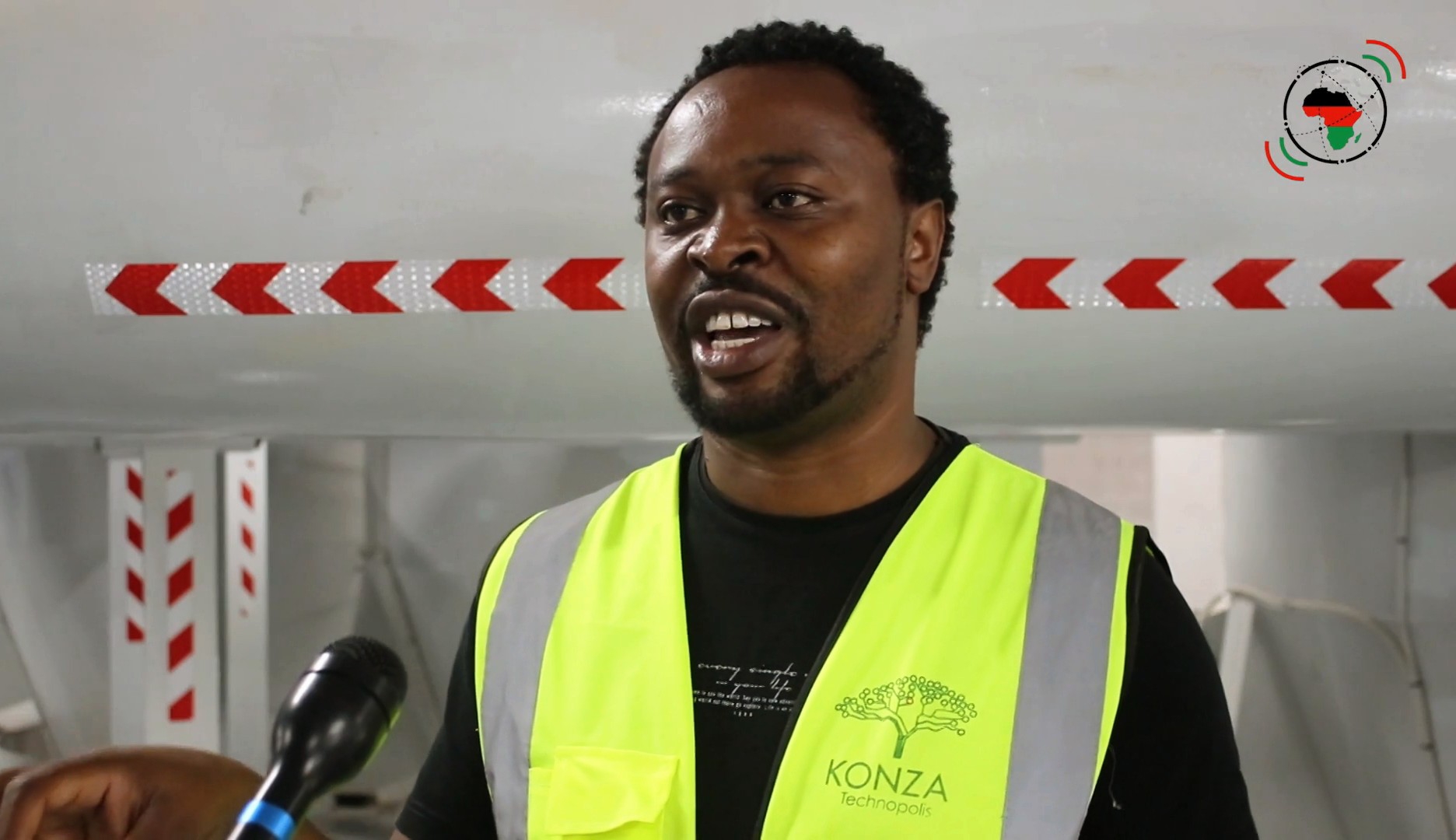
This philosophy isn’t limited to solid waste. Wastewater, too, gets a second chance. Francis Mwangi describes the city’s water reclamation plant as “a biological system that reclaims more than 99% of incoming wastewater to a standard safe enough to drink, though we currently use it for non-potable purposes like firefighting, irrigation, and dual-flushing systems.”
The facility uses an advanced treatment method called the Moving Bed Biofilm Reactor (MBBR), injecting oxygen into sewage to break it down biologically. What’s left, engineers call it “cake”, is used as organic fertilizer.
It’s part of a bigger system designed to keep water flowing, sustainably. Konza’s water comes from three sources: boreholes sunk by the National Water Corporation, the Thwake Dam project, and a gravity-fed pipeline from the Kenyan side of Mt. Kilimanjaro’s springs. Together, these provide thousands of cubic metres of clean water each day.
And after use, that water isn’t simply dumped. It’s treated, then channeled into recharge ponds. These shallow, open basins let the water slowly seep back into the earth, recharging aquifers and supporting borehole supply. “The ponds also double up as recreational spaces,” Mwangi adds. “Think of a mini Uhuru Gardens, only smarter.”
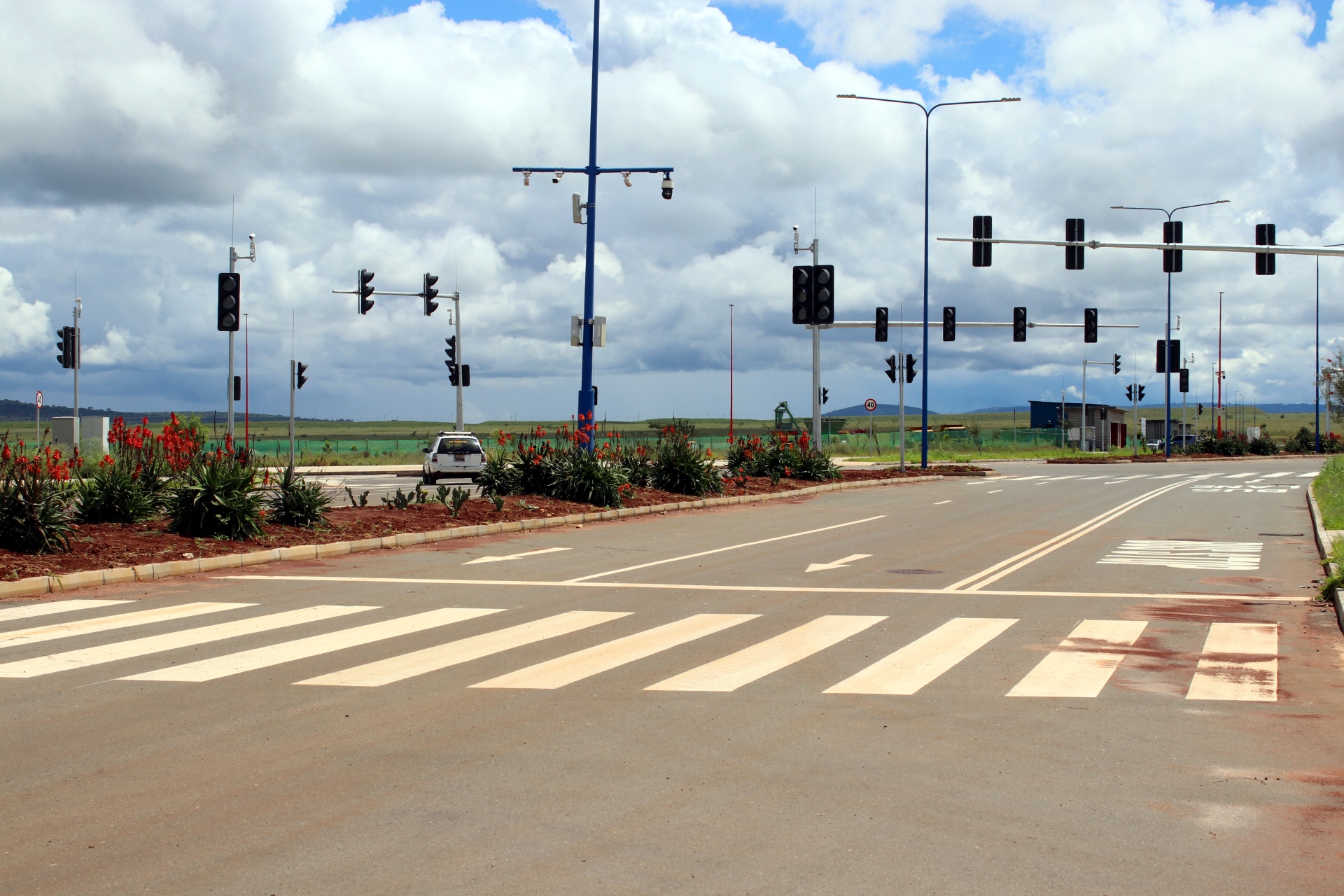
But for all its tech, Konza still leans on an older, quieter knowledge system, that of the people who’ve lived on this land for generations.
Okoth works closely with surrounding communities through a 10-kilometre buffer zone around the city, where they collaborate on conservation efforts, tree planting, and land restoration. “These communities know the land better than any map can show,” he says. “They know how to work with bees, how to relocate animals without harming them.”
Wildlife Has a Place Too
And wildlife isn’t being left behind. Konza has allocated 1,000 acres for a planned conservancy, which Okoth says is nearing registration with the Kenya Wildlife Service. “It will be home to endangered species, especially birds, and serve as a sanctuary,” he says. There are plans for a botanical garden and even a zoo for at-risk animals.
When asked if Konza is eyeing ecotourism, Okoth nods. “That’s part of the vision.”
All structures in Konza are required to meet green certification standards, and many are made using green concrete, a low-carbon alternative verified in labs for minimal emissions.
“We look at things like natural light, wind direction, and ventilation before approving a building design,” Okoth says. “That way, we reduce the need for artificial lighting or air conditioning. It’s sustainability by design.”
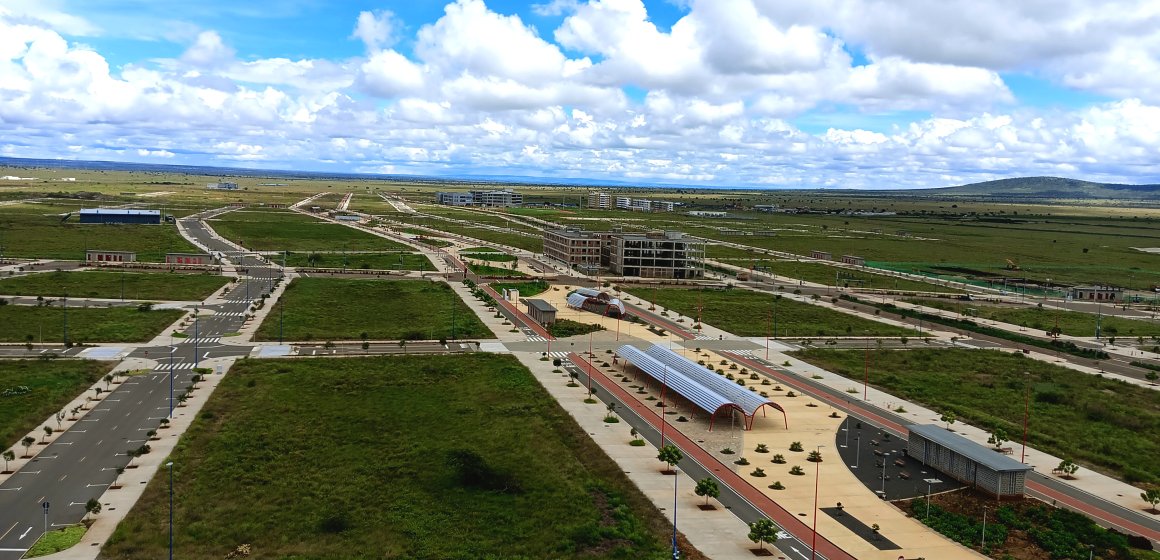
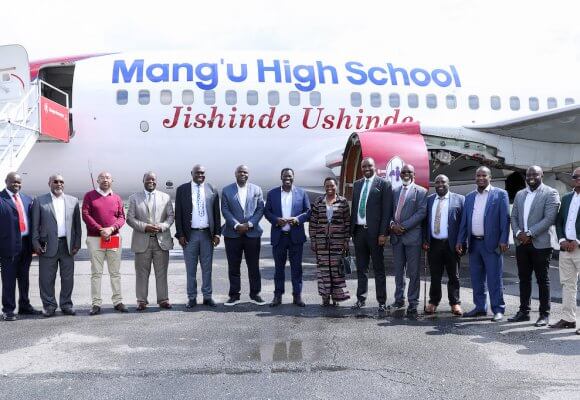

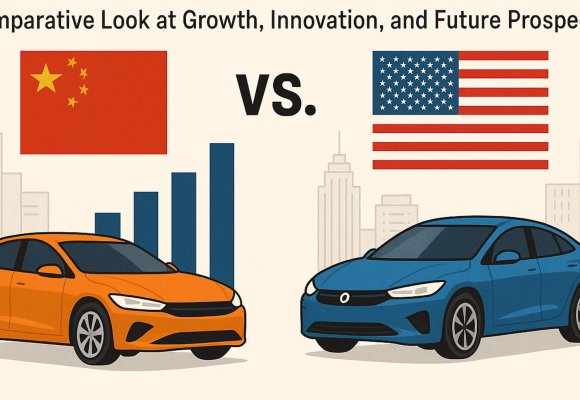
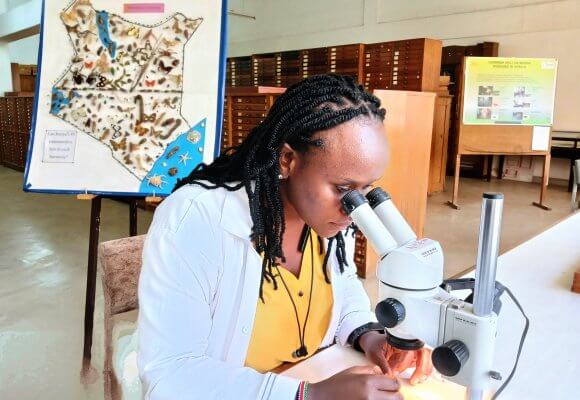
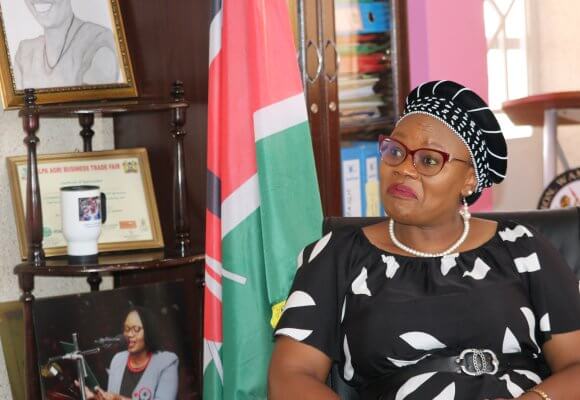


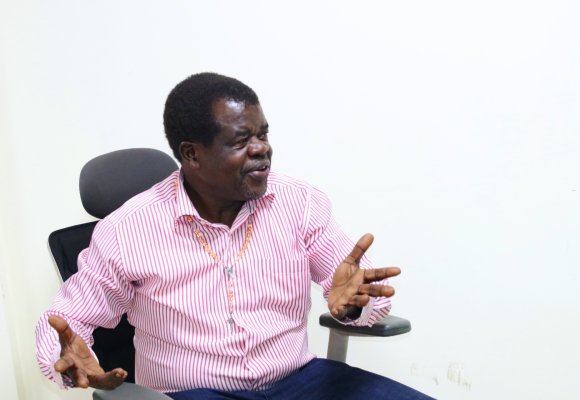


LEAVE A COMMENT
You must be logged in to post a comment.